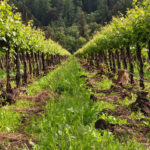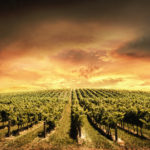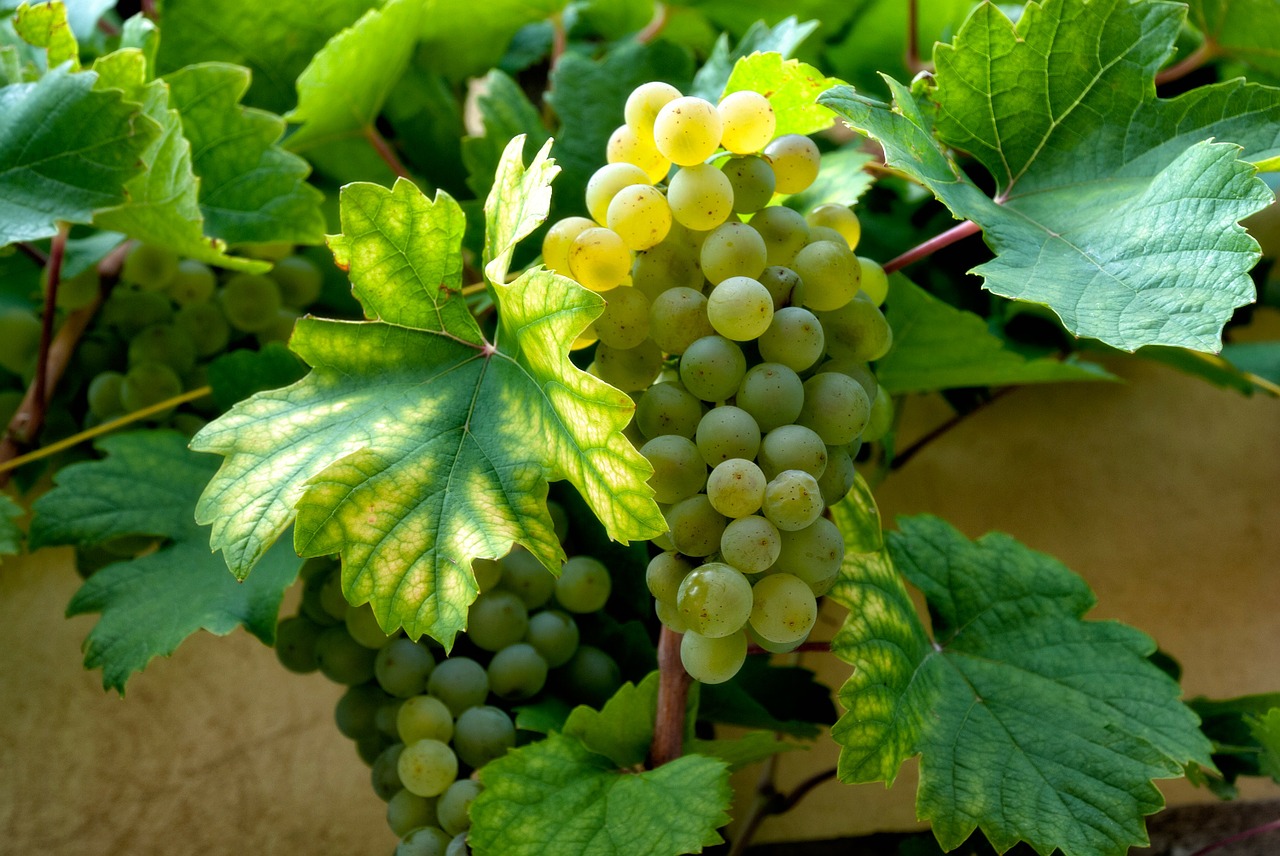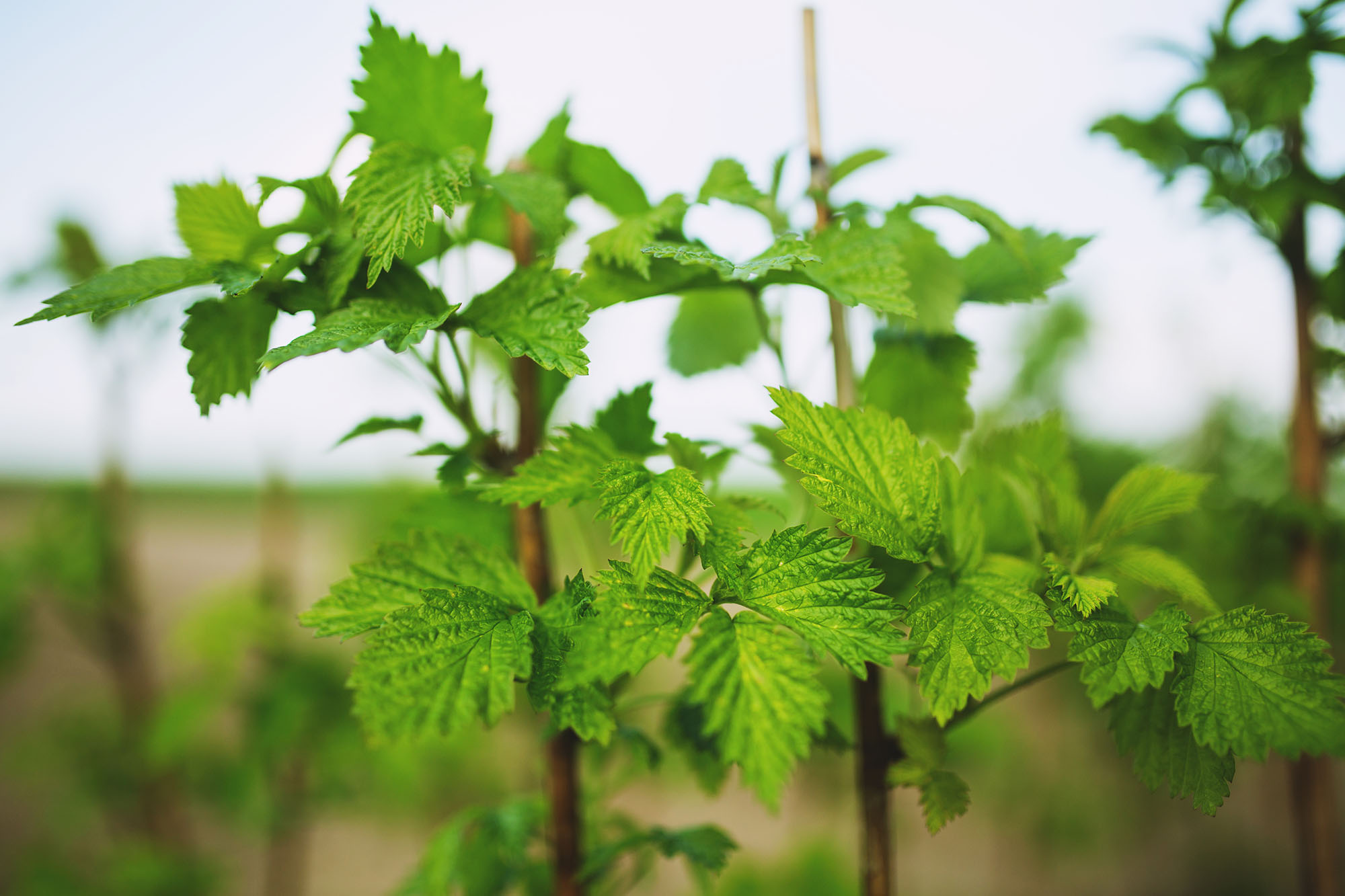
Due to the “malleability” of Chardonnay in winemaking and its ability to reflect its terroir, there is not one distinct universal “style” or set of constants that could be applied to Chardonnay made across the globe. According to Jancis Robinson, a sense of “smokiness” is one clue that could be picked up in a blind tasting of Chardonnay but there are many styles that do not have any “smokey” notes. Compared to other white wine grapes like Sauvignon blanc, Gewürztraminer and Viognier-Chardonnay has a more subtle and muted nose with no overwhelming aromatics that jump out of the wine glass. The identifying styles of Chardonnay are regionally based. For example, pineapple notes are more commonly associated with Chardonnay from Napa Valley while Chablis will have more notes of green apples. While many examples of Chardonnay can benefit from a few years of bottle aging, especially if they have high acidity, most Chardonnays are meant to be consumed in their youth. A notable exception to this is the most premium examples of Chablis and white Burgundies.
Chardonnay long had a reputation as one of France’s great white wines, but due to the dominance of geographical labeling, the fact that Chardonnay was the grape behind white Burgundy was not widely known by the wine-drinking public. The success of California and new world Chardonnays, partly encouraged by the Californian showing at the Judgment of Paris wine tasting, brought varietal wine labeling to more prominence and the easy to pronounce Chardonnay grape was one of the largest beneficiaries. In the late 1980s, a sort of “Chardonnay-mania” developed as wine regions (particularly new and developing ones) dramatically increased their planting of the grape to meet the world wide demand. Chardonnay became very fashionable in the 1990s, as the stereotypical drink of young urban women of the Bridget Jones generation.
But as more vineyards responded with massive new plantings of the variety, they found that fashions were changing again. The market was drinking more red wine, and there was a backlash against heavy, oaky, New World Chardonnays in favor of lighter wines such as Pinot grigio. There was a new fashion, “ABC” – Anything But Chardonnay, identified by Frank Prial in 1995. Another reason for the backlash was that Chardonnay was seen as a symbol of the globalization of wine, in which local grape varieties were grubbed up in favor of the big names demanded by international markets. Oz Clarke described a view of Chardonnay as “…the ruthless coloniser and destroyer of the world’s vineyards and the world’s palates.” The criticism was centered on the habits of winemakers to pull out or give up on local varieties in order to plant more Chardonnay which offered potentially more income but lack the uniqueness and character of local varieties. Examples of this occurred in south Italy and Spain when ancient Negroamaro, Primitivo, Grenache and Mataro vineyards were ripped up in favor of new Chardonnay plantings. Despite the backlash, Chardonnay remains very popular. In 2004 Chardonnay was estimated to be the world’s 6th most widely grown grape variety, covering 179,300 hectares (443,000 acres).
















